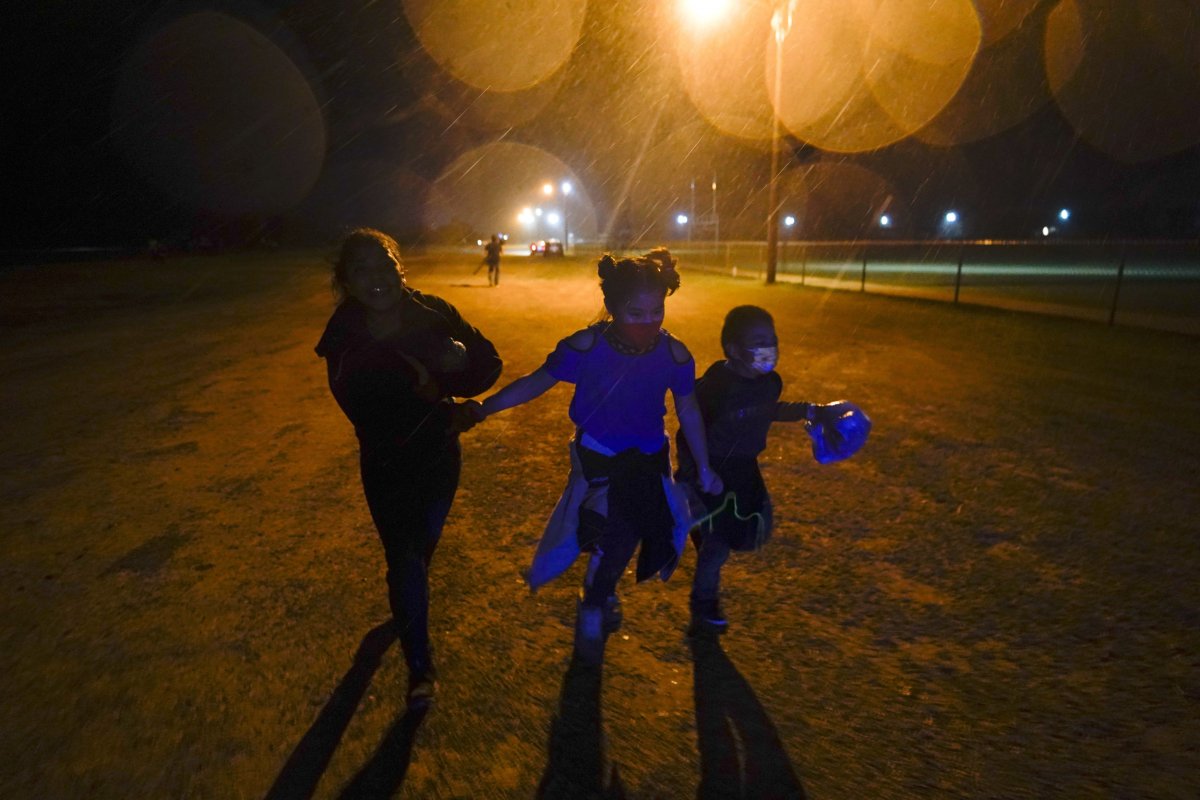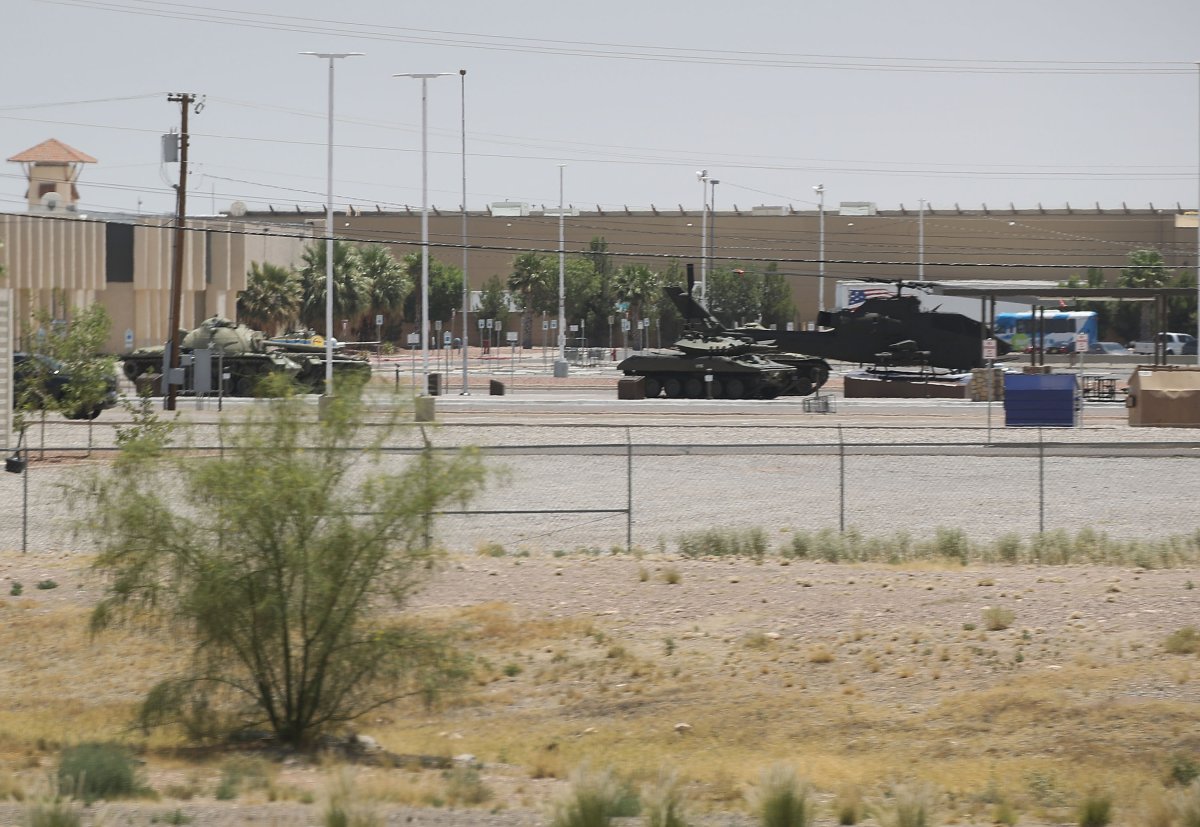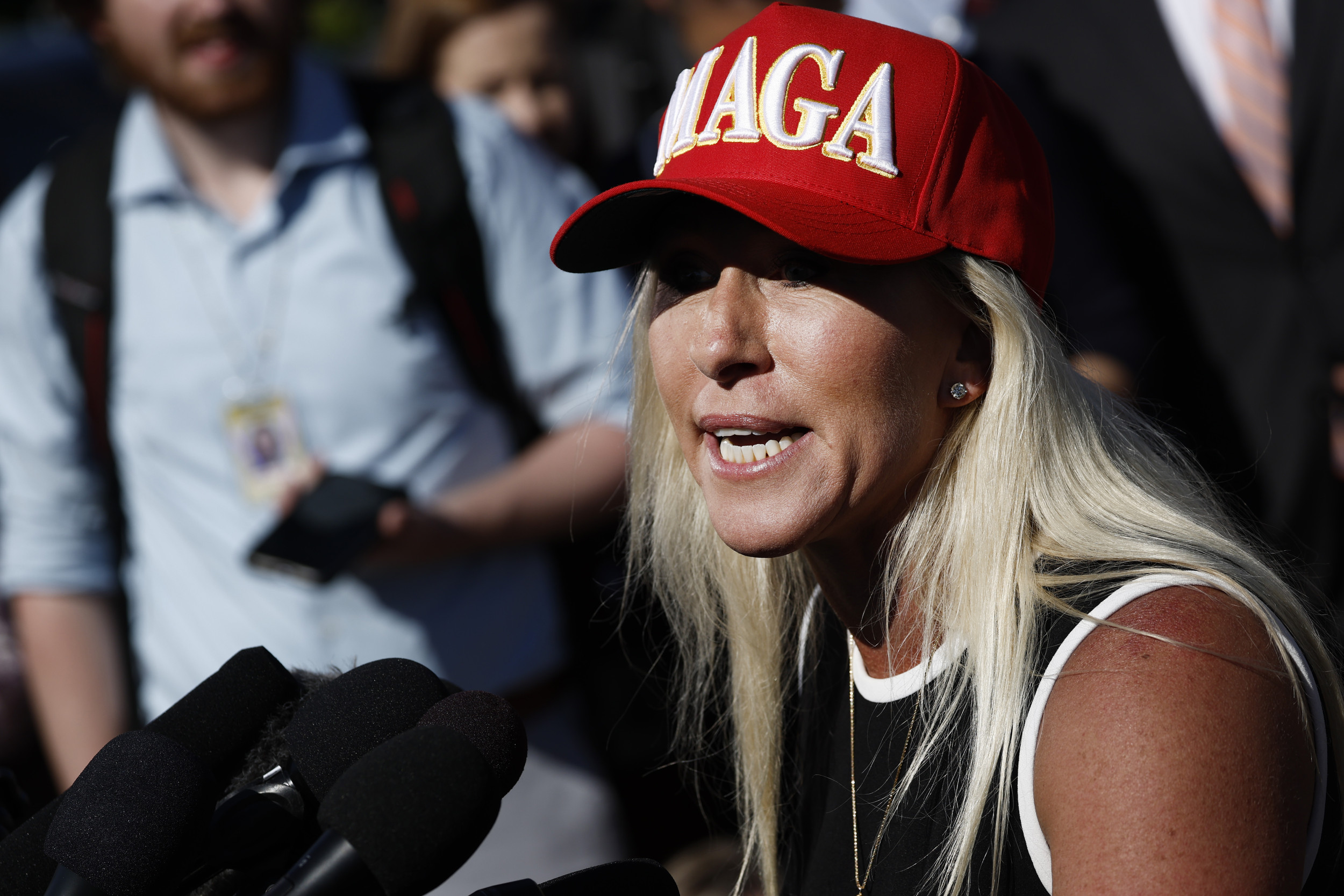A third of the 5,300 unaccompanied migrant children being housed at emergency shelters don't have close family in the U.S., according to Health and Human Services data. Advocates for the emergency shelters say the facilities are meant to safely shelter children for a couple of weeks while the U.S. government tries to find relatives in the country.
Those who don't have family in the U.S. are meant to be transferred to an official state facility, the Associated Press reported. However, the average time unaccompanied minors spent at the emergency shelters was 37 days as of this week, according to the HHS data.
More than half of the migrant children at emergency facilities do have a close family member, such as a parent or grandparent, in the country, the data showed. Attorneys conducted interviews with some of the children being held at emergency facilities between March and early June, and more than a dozen spoke of bad conditions and their strong desire to leave.
Health and Human Services Secretary Xavier Becerra said conditions at the shelters have improved in the past weeks, the Associated Press reported.
For more reporting from the Associated Press, see below.

Biden administration officials and lawmakers on Friday toured an emergency shelter that the government opened to house children crossing the U.S.-Mexico border alone, with the head of the agency caring for migrant kids calling the California facility a model among its large-scale sites, some of which have plagued by complaints.
"It is not easy to stand something up like this quickly and do it right, but I think you can see that this is a place where kids can be healthy and safe," Becerra told reporters outside the shelter, which is housing nearly 1,400 children at the Los Angeles County fairgrounds in the city of Pomona.
Becerra said of the facility: "We consider this a model."
The visit is Becerra's second such tour in a week to one of the temporary facilities set up by the government this spring as tens of thousands of children, mostly fleeing violence in Central America, crossed the border alone. Of the 14 centers that opened, two have been shuttered because they did not meet government standards; others have been closing as more children are released to their families in the U.S. or to facilities with higher levels of care.
While the emergency shelters are widely considered an improvement over border holding facilities packed with kids, the Biden administration is facing increasing pressure to address concerns that migrant children have been languishing in the unlicensed sites rather than being quickly reunited with their families in the United States, causing anxiety and panic attacks.
Friday's tour comes days after Becerra, whose agency is in charge of caring for migrant children, visited the government's largest shelter at Fort Bliss Army base near El Paso, Texas, which child welfare advocates say has been particularly problematic.
The Pomona shelter is among the better large-scale facilities, advocates say. It has scaled up in recent weeks from about 500 children to the nearly 1,400 kids housed there Friday, including boys and girls.
Immigration attorney Karina Ramos of Immigrant Defenders Law Center in California visits twice a week, getting escorted with her colleagues to a building where they can meet with the children, who tell them the conditions are better than at the freezing-cold border facilities.
"The number one question is: 'When am I going home?'" she said, which is "obviously understandable."
Ramos said the children spend time learning English, doing art and playing outdoors and generally don't have complaints about the Pomona shelter.
"This is definitely not Fort Bliss," Ramos said. "Children are generally active, and they're happy, and they come talk to us."
Becerra said conditions have improved in recent weeks with additional spiritual, recreational, educational and mental health services. The Fort Bliss shelter also was being reconfigured to a more child-friendly pod system with single cots instead of doubles. More case workers have been added, speeding up the process to reunify families.
Because of the progress, Becerra said the number of children his agency is caring for has dropped from a high of more than 22,000 to just over 14,400, with more than half at licensed shelters. Health and Human Services said it will close four emergency facilities this summer.
Pomona and Fort Bliss are among the sites that will remain open as unaccompanied children continue to cross the border.
The Trump administration imposed a public health order during the coronavirus pandemic to turn back adults seeking asylum. The Biden administration kept the rule in place but allowed minors crossing alone to remain in the U.S. to pursue asylum.

Uncommon Knowledge
Newsweek is committed to challenging conventional wisdom and finding connections in the search for common ground.
Newsweek is committed to challenging conventional wisdom and finding connections in the search for common ground.
About the writer
Zoe Strozewski is a Newsweek reporter based in New Jersey. Her focus is reporting on U.S. and global politics. Zoe ... Read more
To read how Newsweek uses AI as a newsroom tool, Click here.








